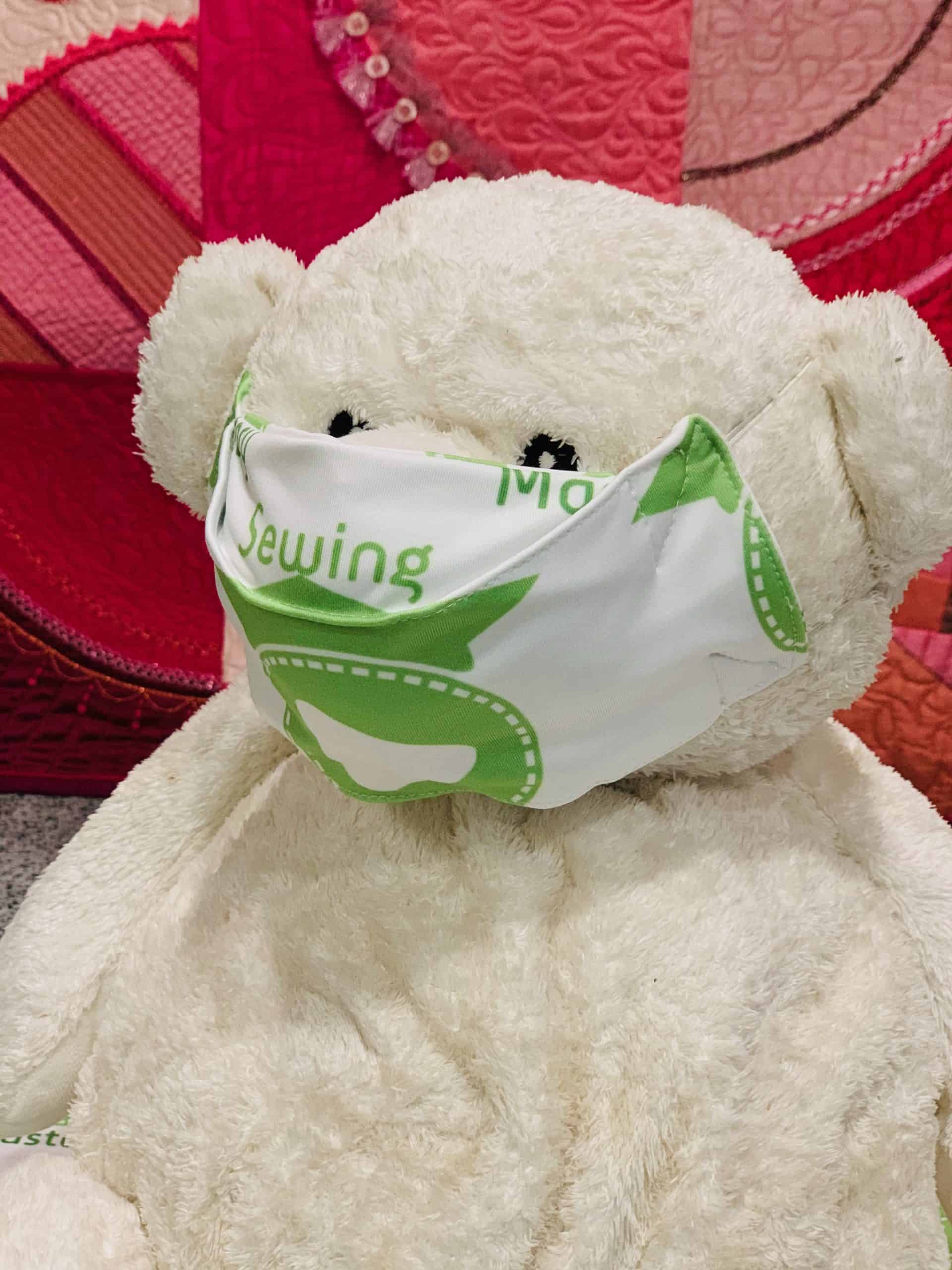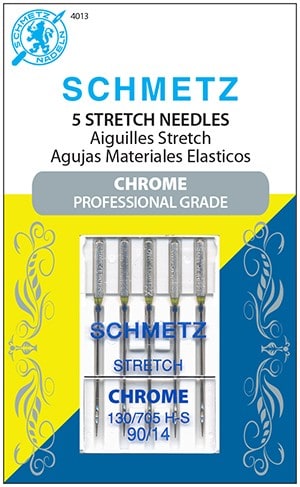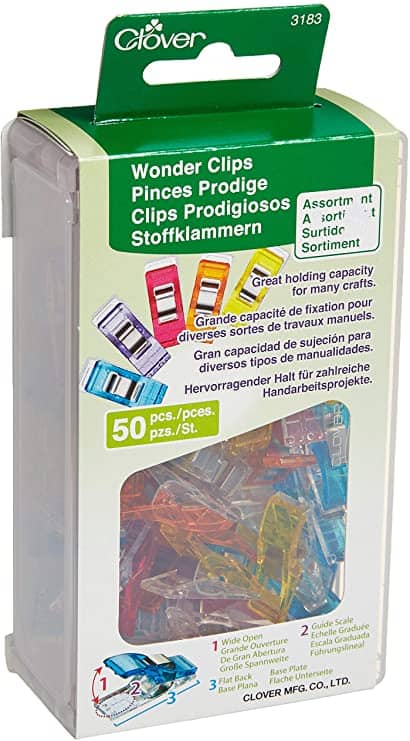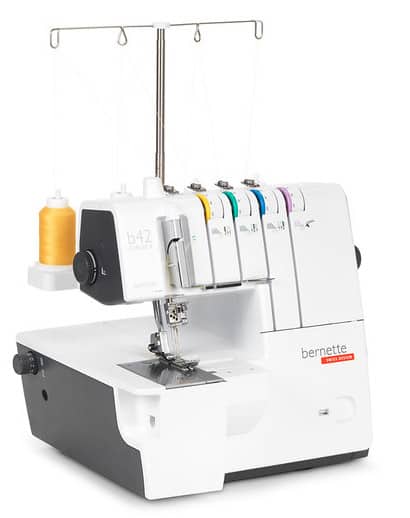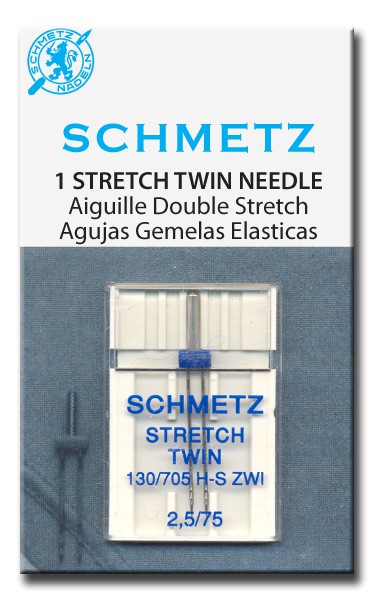Sewing on stretchy, slippery fabric such as Lycra or spandex fabric is NOT a beginner project. But, with these 10 sewing tips, you are guaranteed to have a fighting chance.
A Quick Vocabulary Lesson…
Lycra and spandex are the same material. Spandex is the generic term for this type of fabric and Lycra is the DuPont company’s brand name of spandex. It’s like using the word Kleenex or Velco instead of facial tissue and hook and loop tape.
Sport Lycra
Recently I decided to have Spoonflower.com custom make 2 yards of sport Lycra printed and shipped to me with my SewingMastery logo. After reading how sport lycra is an excellent mask material I was inspired to try out a few projects of my own including a mask.
Why is Lycra Good for Face Masks?
“If you’re working out or playing sports, look for masks with soft, stretchy material like spandex and polyester,” said Lori Grooms, director of infection prevention for OSF HealthCare. “Masks with those materials help wick away sweat during intense physical activity or when you are sweating.”
After a few minutes on the Spoonflower website, I had uploaded my own Sewing Mastery logo to test the process. It was so EASY, I clicked the ORDER button and had 2 yards of my very own custom printed sport lycra fabric on its way!
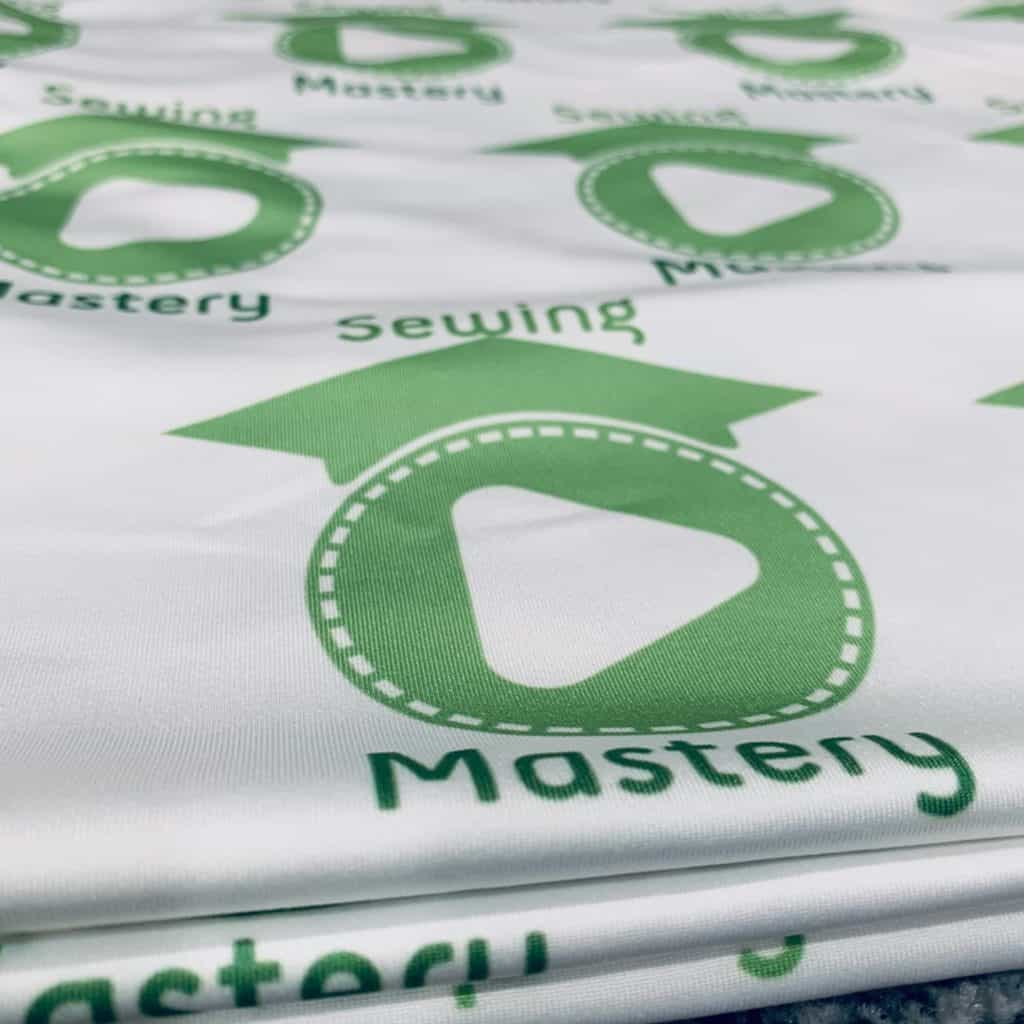
While it was in the queue for its turn for printing, I got to thinking…What do I remember about sewing on Lycra or spandex? What will I need to adjust and what needle do I even need?
Here are 10 important steps to do before preparing to sew on Lycra or Spandex.
Needles
The right needle is a must. Select a Stretch needle to sew on Lycra fabric. This needle has a special coating on it to reduce friction which will in turn help eliminate skipped stitches.
Thread
I am a fan of polyester thread when sewing on Lycra fabric. It is strong and colorfast. It also works well in sewing machines, sergers, and coverstitch machines. Our fabric brand of polyester thread is Isacord embroidery thread.
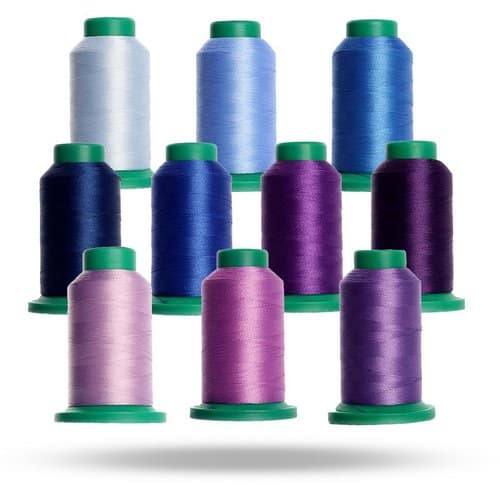
Pins vs Wonder Clips
Wonder Clips are a great option instead of poking a hole in the fabric with a pin. Pins can damage delicate fabrics such as Lycra or spandex.
Sewing Machine Pressure
The sewing machine foot’s pressure can be adjusted lighter or heavier to change how soft or firm it sits on the fabric. Adjusting the foot’s pressure to a lighter (lower number) setting, will allow the foot to glide across the fabric.
Walking Foot
A walking foot or a built-in dual feeding system can help keep the layers of Lycra from stretching out. If adjusting the foot presser helped a little but not completely, a walking foot is a great asset.
Use a Serger or Overlock Machine
A serger is an optimum way to construct seams on Lycra. An overlock stitch is both professional looking and stretchy all in one. With the serger’s ability to trim the edges even before overlocking the edge. The outcome is perfection every time.
Coverstitch Machine
A coverstitch machine is either a stand-alone coverstitch machine or it is part of the serger you own. A coverstitch machine stitches that professional double row of stitches you see on athletic garments, t-shirts, or sweatshirts.
Twin Needle
If you don’t own a coverstitch machine, a twin needle is your second best choice. A twin needle will add the professional two lines of stitching on the hem of any project made out of stretch fabric. Be sure to select a “stretch” twin needle and not a regular twin needle.
Coverstitch Only Machines
Machines that only stitch a coverstitch is called a “Coverstitch Only Machine”. The Bernette b42 coverstitch-only machine is the perfect example of what it’s like to own a machine that specializes in two or three needle coverstitch options as well as a chain stitch.
Stitch Length
The hardest thing about Lycra fabric is taking out stitches if you make a mistake. Tiny stitches are hard to see and often embed themselves into the weave of the fabric making them near impossible to remove. A longer than normal stitch length is key to successful construction and de-construction if necessary.
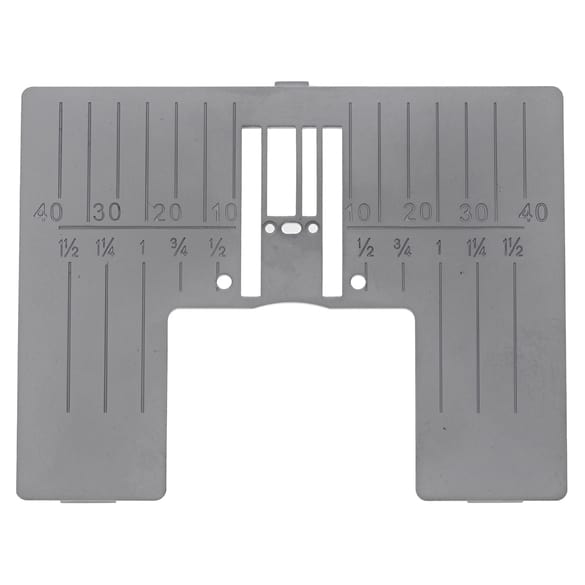
Straight Stitch Throat Plate
A straight stitch throat plate (shown above) is a great way to keep delicate fabrics such as Lycra or spandex from “diving” down into the bobbin area of the machine. If you have ever experienced your fabric getting pushed into the depths of the machine, a straight stitch throat plate can solve these issues. Do note, that this throat plate can only be used when sewing a straight stitch with a single needle.
There are many great coverstitch only machines. Here is a small sampling of what is currently available.
In Conclusion
Sewing on Lycra can seem a little daunting at the beginning, but when the right machine setup is achieved, the fabric can be tamed. If you have not explored the options of a serger or coverstitch machine, we highly recommend taking the time invest in how these wonderful machines can save you time and hours of frustration when sewing on difficult fabrics.

